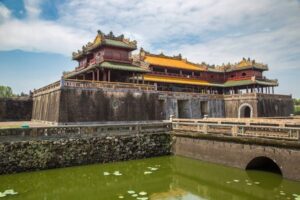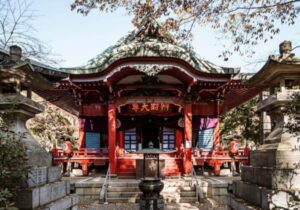The Travel Blog
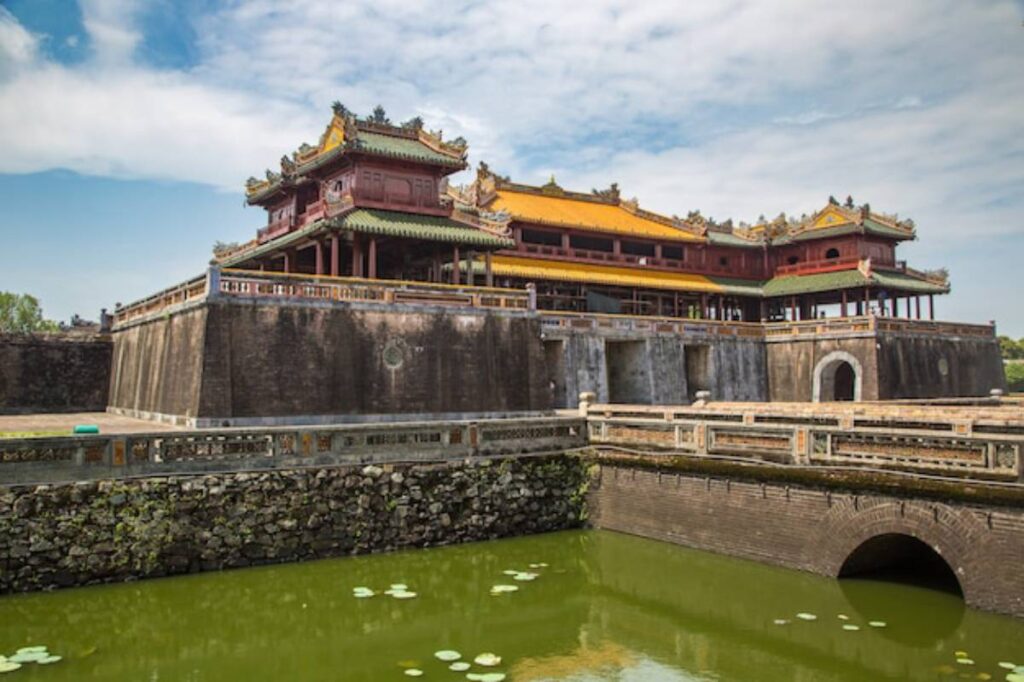
Hue, Vietnam: Imperial Citadels and Perfume River
Picture a place where time glides like a river. Here, imperial relics whisper of dynasties past. Morning mist drapes over ancient walls, creating a serene atmosphere. Welcome to Hue, Vietnam, a city steeped in regal history and soulful charm. Located in central Vietnam, Hue served as the imperial capital during the Nguyen Dynasty and is now a UNESCO World Heritage site.
Hue isn’t just a stopover. For history lovers, culture seekers, and romantic wanderers, it’s a trip into Vietnam’s past. Here, tranquillity and poetry come together. In this article, we’ll look at the grand citadels, float on the Perfume River, and discover the flavours, traditions, and quiet charm of this amazing city.
The Heart of the Nguyen Empire: Hue’s Imperial City
The Citadel Complex
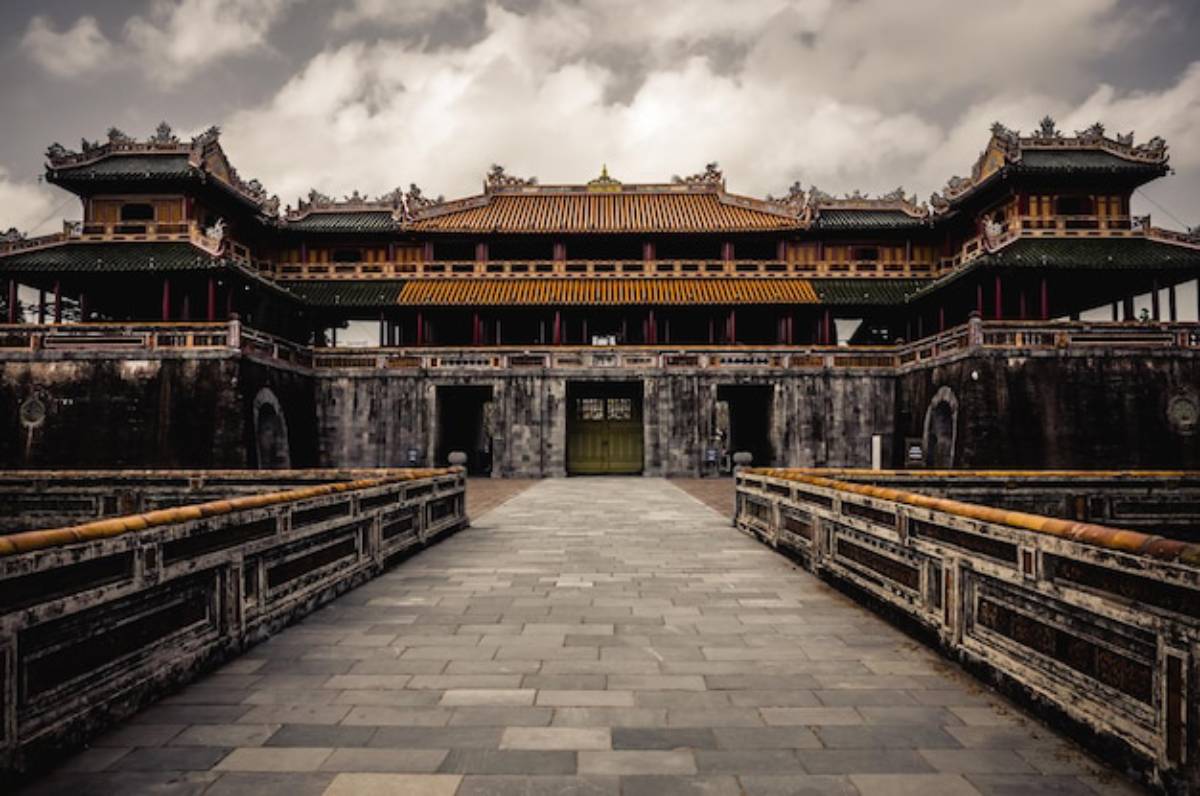
Step through the grand Ngo Mon Gate, and you’ll find yourself in a world of royal grandeur. Hue’s Imperial City (Dai Noi) is a sprawling fortress surrounded by thick stone walls and a wide moat.
Key highlights include:
- Thai Hoa Palace: The throne room, used for coronations and important ceremonies
- Forbidden Purple City: Once reserved exclusively for the emperor and his family
- Mandarin Halls: Residences and working spaces for court officials
As you walk through these ruins, you feel the power and sophistication of the Nguyen court.
“I was struck by the scale of the citadel — it was like stepping back in time into an oriental Versailles.” — Liam, travel blogger
Restorations and UNESCO Recognition
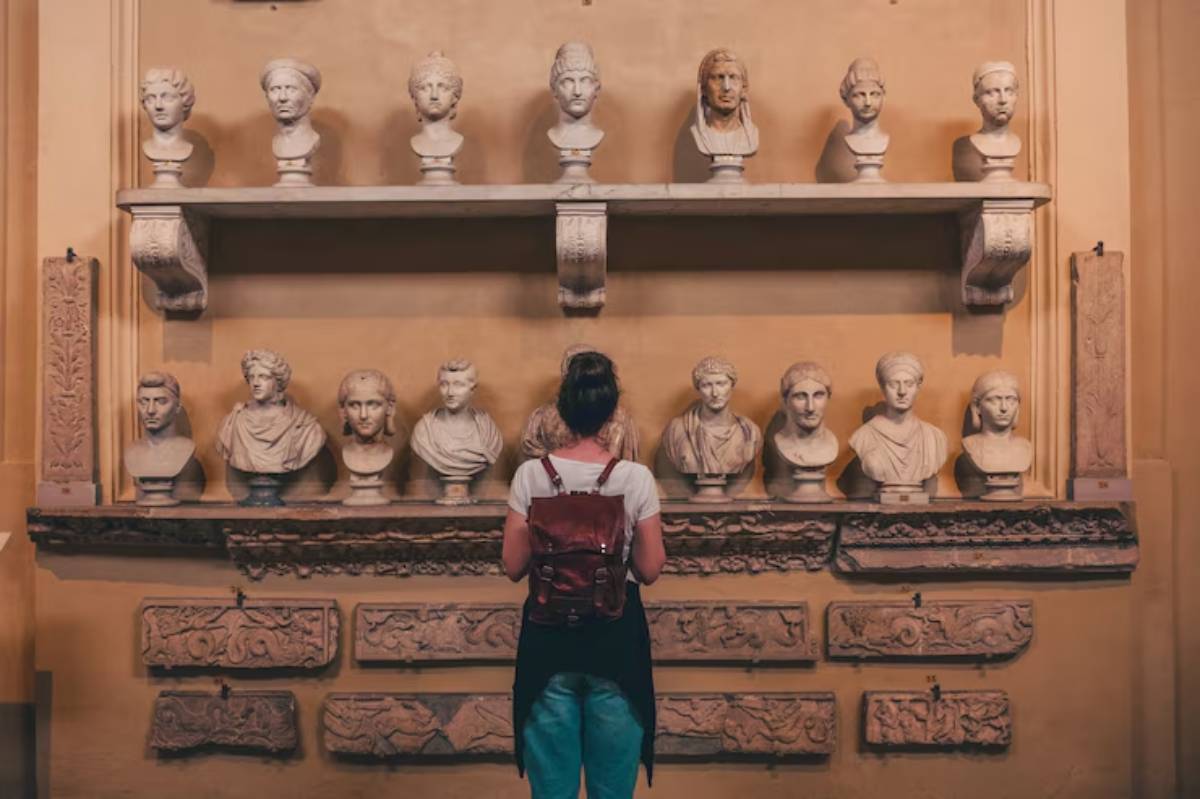
Even with wartime damage, restoration efforts by UNESCO and the Vietnamese government are reviving these structures. Ancient stone, mossy tiles, and careful rebuilding show Vietnam’s respect for its royal heritage.
The Perfume River: Soul of the City
A River That Tells Stories
The Perfume River, or Huong River, flows softly through Hue. It got its name from the sweet floral scent that used to drift down from the orchards above. Today, it remains a peaceful, scenic backdrop for daily life and cultural exploration.
Dragon Boat Cruise
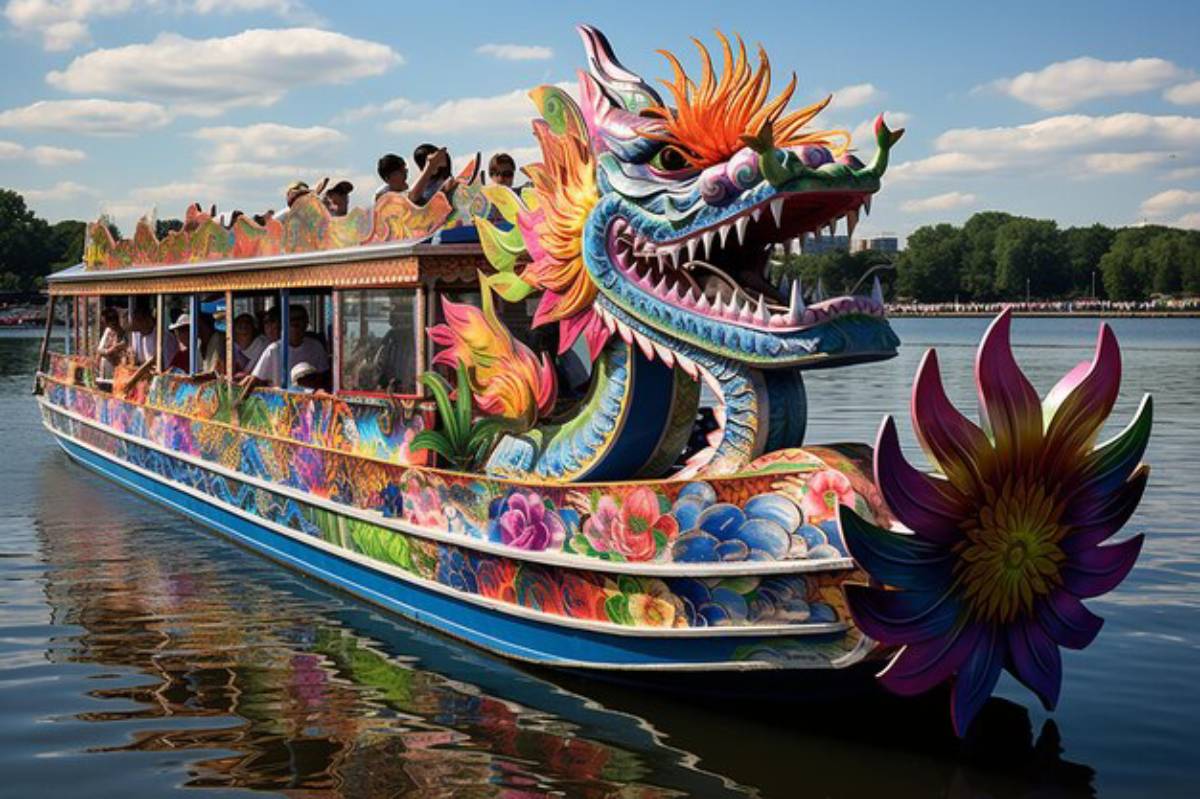
Take a dragon boat ride along the river at sunset. It’s not just a scenic cruise. It’s a meditative journey. You’ll see pagodas, bridges, and daily riverside rituals along the way. Some boats even offer traditional music performances onboard.
Thien Mu Pagoda
Perched on a bluff overlooking the river, the Thien Mu Pagoda is one of Hue’s most iconic landmarks. The seven-tiered tower and peaceful gardens offer both spiritual and photographic rewards.
“As the boat drifted past the pagoda, the sound of temple bells echoed across the water. It was magic.” — Mei Lin, solo traveller
If you like looking for hidden gems, check out Leshan, China: Beyond the Giant Buddha.
Tombs of the Emperors: Elegance in Eternity
Hue has many grand royal mausoleums. Each one shows the personality and beliefs of the emperor it honours.
Tomb of Tu Duc
This sprawling complex features pavilions, lotus ponds, and poetic inscriptions. Tu Duc, a scholar-emperor, designed his tomb as a place to write and reflect.
Tomb of Khai Dinh
Khai Dinh’s tomb stands out for its drama and extravagance. It mixes Vietnamese and European styles. You’ll see mosaic dragons and concrete staircases throughout.
Tomb of Minh Mang
Balanced and serene, Minh Mang’s tomb symbolises Confucian ideals. It features symmetrical gardens, bridges, and reflection pools.
Each tomb invites you to explore the beauty and ideas of Vietnam’s dynastic rulers.
Cultural Experiences and Festivals
Ao Dai and Court Music
Wear a traditional Ao Dai (Vietnamese long dress) and enjoy a Nha Nhac court music performance. It is recognised by UNESCO as Intangible Cultural Heritage. These shows bring imperial rituals alive. They use melodic instruments, dance, and ceremonial costumes.
Tet Festival in Hue
Visiting Hue during Tet (Lunar New Year) is a treat. The city fills with flowers, food stalls, and offerings to ancestors. Traditional games, dragon dances, and lantern-lit nights add festive energy.
Flavours of Hue: A Culinary Legacy
Imperial Cuisine
Hue’s culinary tradition is deeply linked to its royal past. Legend has it that emperors demanded up to 50 small, exquisite dishes per meal. Try:
- Banh Beo: Steamed rice cakes with dried shrimp and crispy shallots
- Nem Lui: Lemongrass skewered pork
- Bun Bo Hue: A spicy, lemongrass-flavoured beef noodle soup
Market Eats and Cafes
- Dong Ba Market: A chaotic, flavour-packed paradise where you can snack on everything from banana fritters to fermented pork
- Local Cafes: Try egg coffee or salt coffee, a local twist on Vietnam’s robusta brew
“Hue’s cuisine made me slow down and appreciate every bite — a balance of spice, savoury, and texture.” — Ravi, culinary traveller
Day Trips Around Hue
Bach Ma National Park
About an hour’s drive away, Bach Ma offers hiking trails, waterfalls, and misty forests. Perfect for nature lovers looking to escape the city.
An Bang Cemetery (“City of Ghosts”)
Located in the village of An Bang, this surreal landscape is filled with colourful, elaborate tombs. It’s a fascinating insight into ancestral veneration and spiritual beliefs.
Best Time to Visit Hue
- February to April: Pleasant weather, ideal for sightseeing
- May to August: Hot and humid, with summer festivals
- September to January: Rainy season, fewer tourists, but moody atmospheric charm
Avoid midday heat with early morning or late afternoon explorations.
Travel Tips for First-Time Visitors
- Getting There: Fly into Phu Bai International Airport or take the scenic train from Da Nang
- Getting Around: Use taxis, motorbike taxis, or rent a bicycle
- Language: Basic English is spoken in most tourist areas
- Currency: Vietnamese Dong (VND)
- Temple Etiquette: Dress modestly and remove shoes before entering
Conclusion: A City That Whispers History
Hue is not a city that demands your attention. It earns it quietly, with temple bells, rustling leaves, and the glint of dragon mosaics in the sun. From its imperial grandeur to riverside reflection, this is a place to savour rather than rush.
Hue invites you to explore. Walk in royal footsteps, taste old recipes, or drift on the Perfume River. Look closer and listen longer!
Ready to discover Hue? Share your favourite historical city or travel memory in the comments. Or, start planning your trip to this cultural gem!
Love the historic serenity of Hue? You might also enjoy Ipoh, Malaysia: Cave Temples and Colonial Streets.



